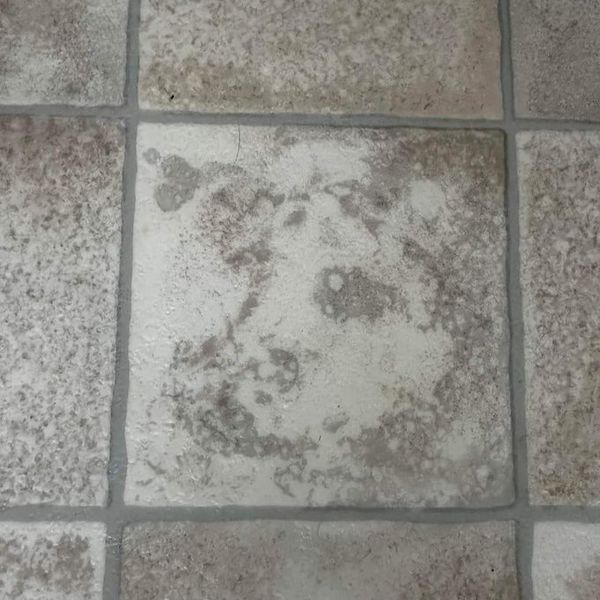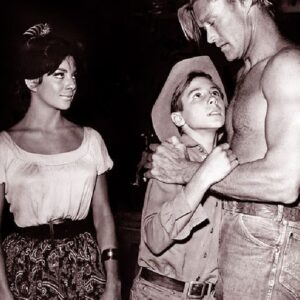Have you ever looked at random objects and thought you saw faces? It’s a peculiar phenomenon known as pareidolia. Our brains have a remarkable ability to perceive shapes, patterns, and even sounds as something meaningful – often as faces.
It’s why we might see animals in clouds or faces in rocks. And even a worn tile floor, like the one pictured above, can reveal a subtle face when examined closely.

What is Pareidolia?
Pareidolia is a fascinating psychological and visual perception where our brains recognize familiar patterns, especially faces, in ordinary things. This ability actually stems from our evolutionary need to identify friends, foes, and others. Our brains are wired to see faces, even when they aren’t really there.
The Tile Face: Taking a Closer Look
If you carefully study the image, you’ll notice that the rough texture of the tile forms a face – complete with eyes, a nose, and a mouth. The “eyes” may appear as darker spots, the “nose” as a smudge, and the “mouth” as a faint curve. It’s almost as if the tile has transformed into a hidden character, patiently waiting to be discovered. This instance of pareidolia turns an ordinary tile into something mysterious, artistic, and perhaps a little eerie too.
Why Do We See Faces?
Believe it or not, seeing faces in objects is more common than we might think. Throughout evolution, our brains have rapidly developed the ability to identify faces as a means to establish social connections and ensure our survival. Detecting allies and recognizing potential threats were crucial skills for early humans. As a result, our brains became highly adept at picking up even the subtlest facial cues, sometimes even over-analyzing them.
Scientists suggest that this inherent ability to see faces has influenced our emotional understanding, social interactions, and even our artistic endeavors. It highlights the remarkable capacity of the human brain to find meaning, even when that meaning exists solely in our minds.
The Artistic Side of Pareidolia
Pareidolia is not just a scientific curiosity; it also has a captivating artistic side. Artists have long drawn inspiration from the hidden images in our surroundings. This form of art encourages us to look beyond the obvious and discover beauty in the unexpected.
The tile face captured in the image above can be viewed as a natural work of art – a masterpiece shaped by time, wear, and our own imagination. It serves as a powerful reminder that art can be found anywhere, if we simply take a moment to truly see it.
In Conclusion
The next time you come across a tiled floor, gaze at the sky filled with clouds, or closely inspect a textured wall, take a moment to observe. Who knows, you might just find a face staring back at you. Pareidolia reminds us of how our brains interpret the world around us, and how there’s wonder to be found in the ordinary. These moments of recognition serve as small reminders of the magic hidden in everyday life. So go out there and embrace the beauty of pareidolia!





